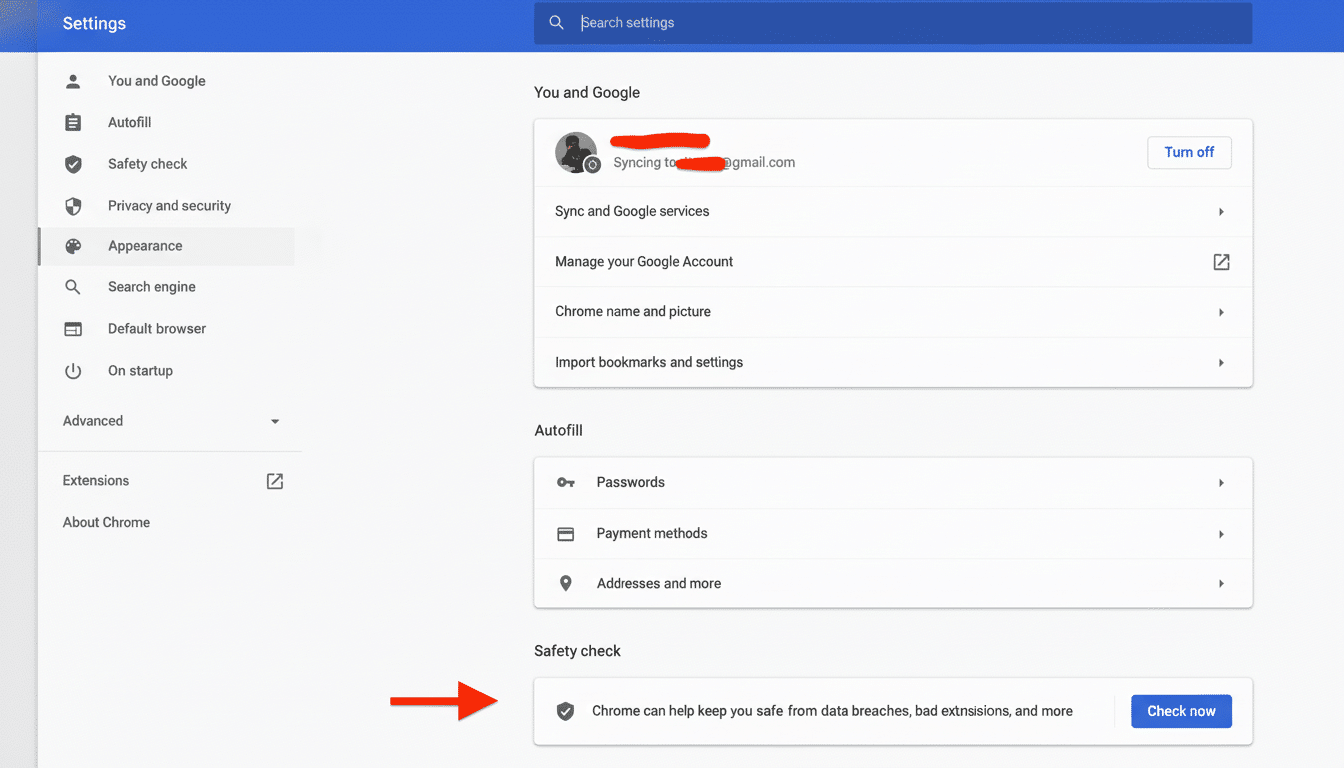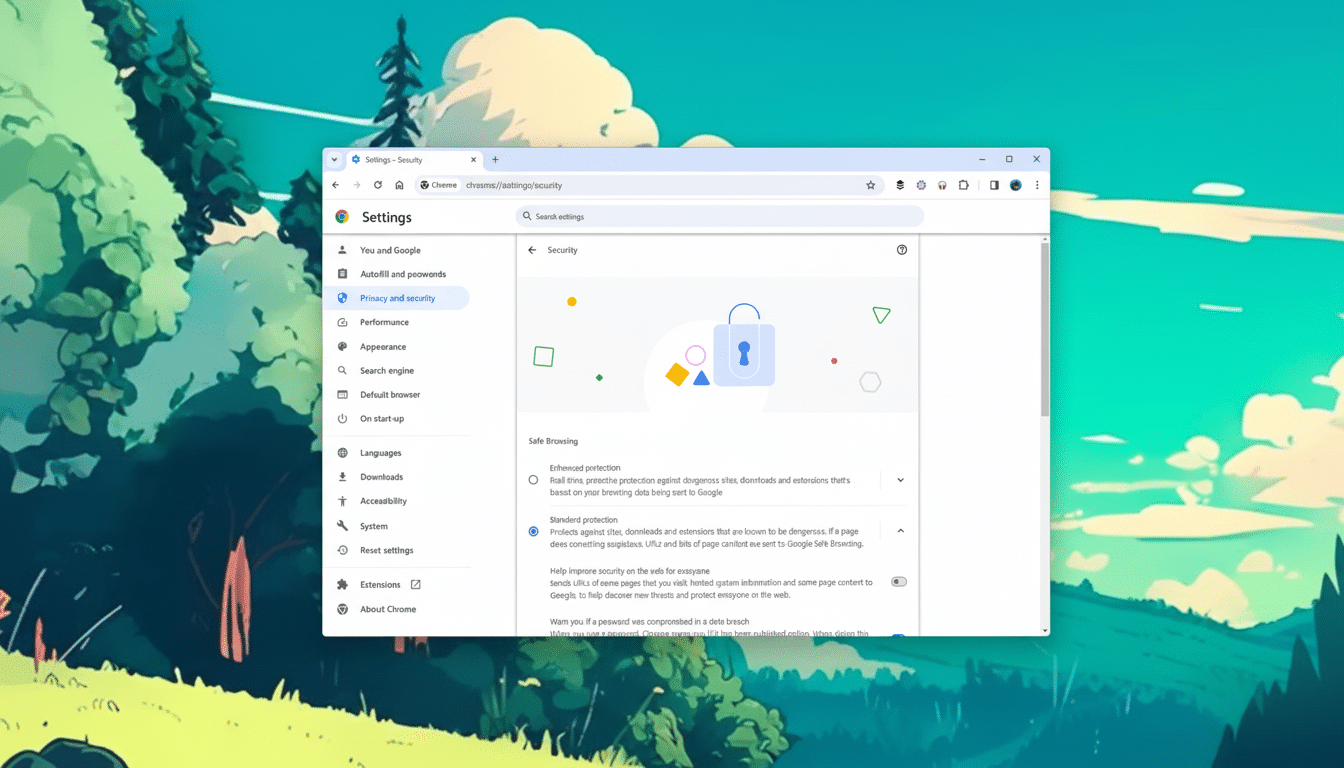Google is about to stifle the web. Chrome will soon automatically deny notification permissions for sites you don’t regularly interact with, putting a stop to annoying pop-ups that stick around far after their novelty has worn off. The update is coming to Android and desktop, and its focus is on the worst offenders: High-volume alerts from sites you barely even tap.
The move is an extension of Chrome’s existing Safety Check tool, which already withdraws camera and location access from inactive sites. And it’s consistent with what Google’s own telemetry has indicated for years: People encounter a ton of website notifications, but choose to interact with very few. According to Google’s own figures, less than 1% of notifications result in engagement.
- What’s Changing for Users as Chrome Revokes Notifications
- How Chrome Decides Which Website Notifications to Mute
- Why It Matters: Reducing Website Notification Overload
- How to Gain Control in Chrome’s Notification Settings
- Part of a Bigger Course Correction in Web Notifications
- The Bottom Line: Chrome Moves Toward Quieter Notifications

What’s Changing for Users as Chrome Revokes Notifications
Over time, Chrome will discreetly revoke the notification permission for websites that fire off notifications very often without interested clicks from the user. You’ll receive a fleeting notice every time a permission is yanked, and can restore one with a click if you really do want those updates. Don’t want Chrome to place these calls? There’s a setting to disable automatic revocation completely.
Installed web apps get special treatment. If you’ve installed a progressive web app on your device, Chrome will not take away its notifications by default. That carve-out acknowledges that app-like sites — mail, messaging, calendars and trading dashboards among them — frequently dispatch time-sensitive alerts that people rely on.
How Chrome Decides Which Website Notifications to Mute
Google isn’t publishing a full rulebook, but it says that when assessing whether to remove permission, it looks at signals like low recent engagement and a high number of pushes. Under the hood, Chromium already has scores for engagement and the UI treatments for interruptive prompts; this moves us to a place where when you request permission affects behavior on an ongoing basis.
The goal is to cut down on notification spam without punishing legitimate, event-driven alerts. Think deal-blast sites or clickbait headlines vs. delivery updates, flight changes or messaging pings. Google says internal testing indicated that the auto-revocation did not substantially decrease overall notification clicks, evidence most of these pop-ups weren’t really getting attention anyway.
Why It Matters: Reducing Website Notification Overload
Notices were intended to be a tool; they turned into an advertising venue. Several things increased as the volume did, including user fatigue. Studies from both industry and academia have tied too many alerts to distraction and churn. When fewer than 1% of notifications lead to interaction, the signal-to-noise ratio is reversed.

The move puts pressure on high-volume publishers to reconsider their cadence. If a channel using aggressive policies is revoked automatically, it loses the whole channel. For brands that use the channel to get timely, high-value messages out to loyal customer bases, the answer will be better segmentation and fewer, but clearer pushes. That will force analytics teams to monitor their opt-in health and revocation rates the way they do email unsubscribes.
How to Gain Control in Chrome’s Notification Settings
You can do this yourself at any time. On desktop, go to Settings — Privacy and Security — Site Settings — Notifications. You can review sites you allow, revoke noisy ones or turn off site prompts altogether. On Android, in Chrome, go to Site Settings and tap Notifications to do likewise.
If Chrome denies a permission that you actually want, return to the in-browser notice or to the site’s padlock menu and restore it. Power users who detest automation may simply turn off auto-revocation completely. And if you want to rely on a site’s alerts every day, look into adding it as a web app so you can protect its permissions.
Part of a Bigger Course Correction in Web Notifications
Chrome is not alone in taming interruptions. Firefox added a shush to your notifications with its new quiet notification prompt. Apple introduced tools like notification summaries and one-tap muting to aid people in triaging a flood of alerts. The permission auto-reset for unused apps in Android was the opening act for rolling back access that expires.
The standards community is paying attention, as well. The issue of design concerning Web Notifications and Push APIs on the web has been put under the spotlight at the World Wide Web Consortium, focusing on responsible permission design as well as easily revocable user consent. The direction of travel is clear: user attention is limited, and platforms are moving toward fewer, more relevant alerts by default.
The Bottom Line: Chrome Moves Toward Quieter Notifications
Chrome’s new guardrails don’t murder web notifications; they make them fight for their right to live. For general users, the end product will be a quieter and more useful browser. For publishers, it’s a gentle nudge toward the respectful use of attention and value. If a channel cannot pass that bar, Chrome will now kick the door open and escort it out.

